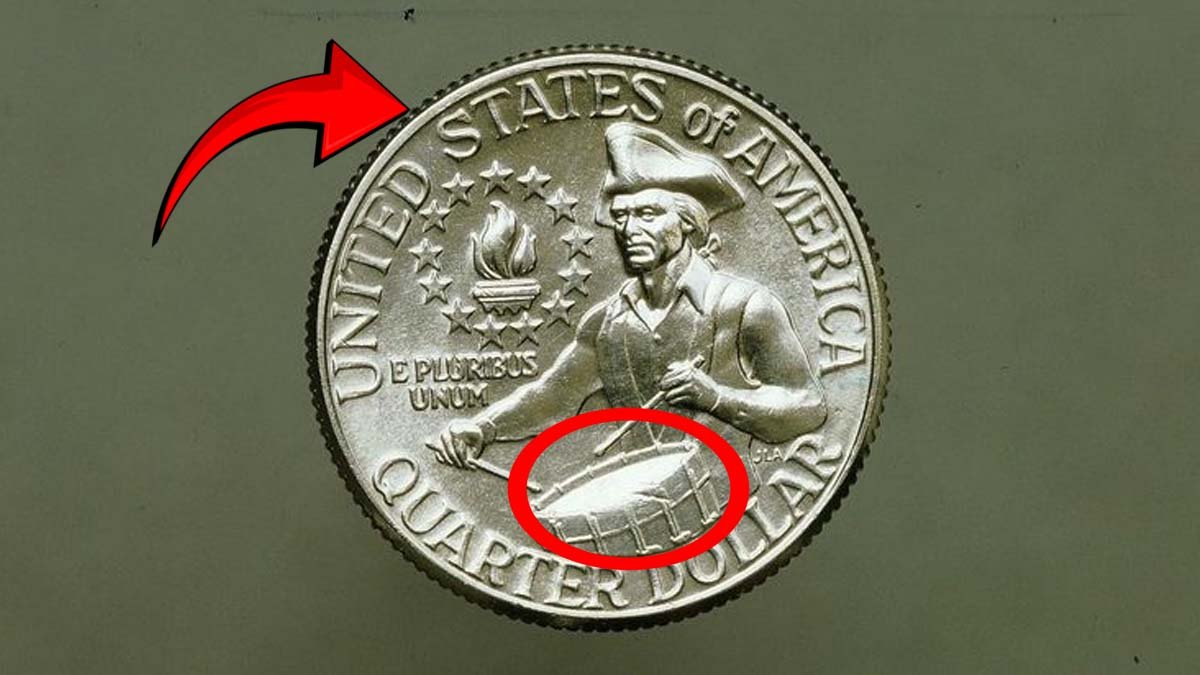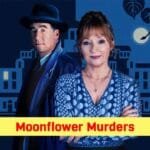The Bicentennial quarter, struck in 1975 and 1976 as a tribute to the United States’ 200th anniversary, stands as one of the most iconic and extensively collected contemporary American coins.
Bearing the image of a colonial drummer—modeled by Jack Ashcroft—on its reverse, alongside the distinctive dual date “1776-1976,” this commemorative issue was produced in staggering quantities, surpassing 1.6 billion pieces across the Philadelphia and Denver mints.
While the vast majority of these quarters hold only their nominal face value of 25 cents, certain rare varieties, production anomalies, and exceptional grades can command remarkable premiums in today’s specialized numismatic marketplace.
This article delves into the most coveted Bicentennial quarter variations that discerning collectors should be vigilant for—coins that may be languishing, unnoticed, within forgotten collections, cash drawers, or loose change jars scattered across the nation.
From the elusive doubled dies to scarce silver compositions and extraordinary high-grade specimens, these quarters illustrate how seemingly commonplace coins can sometimes harbor exceptional worth.
Origins and Minting Legacy
The Bicentennial coinage initiative represented one of the most ambitious commemorative programs in U.S. Mint history, encompassing unique designs for the quarter, half dollar, and dollar.
Jack L. Ahr crafted the quarter’s reverse, which features a colonial military drummer framed by thirteen stars, symbolizing the original colonies, with a blazing torch of liberty, replacing the conventional eagle design for this special release.
Notably, no quarters dated 1975 exist, as all production during that span carried the distinctive dual date “1776-1976.” This extended minting period, covering both 1975 and 1976, yielded staggering production figures: 809,784,016 from the Philadelphia Mint (lacking a mint mark) and 860,118,839 from the Denver Mint (marked with a “D”).
Beyond these standard circulation strikes, the San Francisco Mint contributed an additional 7,059,099 copper-nickel clad proof coins and 4,149,730 special 40% silver proof and uncirculated pieces, sold directly to collectors in premium packaging, never intended for everyday use.
The 1976-S Silver Proof and Uncirculated Issues
Among the most consistently valued Bicentennial quarters are the 1976-S silver varieties, produced exclusively for collectors. These pieces contain 40% silver, akin to the composition of Kennedy half dollars from 1965-1970, enhancing both their intrinsic metal value and collectible appeal.
The San Francisco Mint struck these quarters in both proof and uncirculated formats. Proof versions, characterized by mirror-like fields and frosted design elements, typically fetch $5-15 depending on condition and original packaging, while perfect Proof-70 specimens can reach $200-300. Uncirculated silver examples generally command slightly lower premiums, typically ranging from $4-12, though flawless MS-70 examples can exceed $200.
These quarters, sold in three-coin sets alongside similarly composed half dollars and dollars, represent the premium tier of the Bicentennial series, offering both historical significance and tangible precious metal value.
Doubled Die Varieties – The Underappreciated Gems
For circulation-strike Bicentennial quarters, the most desirable variants are those featuring doubled dies—errors arising from misaligned multiple impressions during the die manufacturing process.
The most sought-after is the 1976 Doubled Die Obverse (DDO), where doubling is evident in the inscriptions “LIBERTY” and “IN GOD WE TRUST,” as well as the date. Well-preserved examples can command $40-100 in circulated condition, while uncirculated specimens might fetch $150-300, with gem-quality examples surpassing $500.
Lesser but still notable are doubled die reverse varieties, where slight doubling appears in the drummer or lettering, typically commanding $25-75 depending on the extent and clarity of the doubling.
Given the potential for misidentification with machine doubling—a common minting anomaly that lacks the distinct characteristics of true doubled dies—professional authentication is often advised before committing to significant premiums.
High-Grade Rarities – A Paradox of Scarcity
While Bicentennial quarters are among the most common U.S. coins, pristine, high-grade examples are surprisingly scarce. Coins graded MS-67 or higher by professional grading services can command premiums ranging from $500-750, with the few known MS-68 examples fetching $1,500-2,500 or more at auction.
This sharp rise in value reflects both the challenges of preserving mass-produced coins in perfect condition and the intense competition among collectors for the finest known specimens, driven in part by registry set building.
Major Mint Errors – The Dramatic Outliers
Error coins, characterized by striking mishaps, represent another intriguing subset of valuable Bicentennial quarters. Off-center strikes, double strikes, and wrong planchet errors are among the most sought after.
Dramatic off-center strikes (40-50%) can command $100-200 or more, while major errors like wrong planchet strikes—where a quarter is struck on a planchet intended for another denomination—can reach $200-500, depending on the specifics.
The Myth of the No-S Proof – An Unresolved Mystery
Perhaps the most tantalizing potential rarity is the mythical “No-S” proof Bicentennial quarter, a piece purportedly struck without the “S” mint mark. Although such anomalies are confirmed in other denominations and years, no authenticated examples have surfaced for the Bicentennial quarter, though unverified claims persist.
Conclusion – Hidden Treasures Await the Discerning Eye
The Bicentennial quarter series underscores the complex interplay between mass production and collectible scarcity. For those willing to delve into this fascinating corner of numismatics, these coins offer both an accessible entry point and the tantalizing prospect of uncovering genuine rarities.
Whether scouring pocket change or evaluating forgotten collections, the hunt for these numismatic gems provides a unique intersection of history, artistry, and modern-day treasure hunting.










